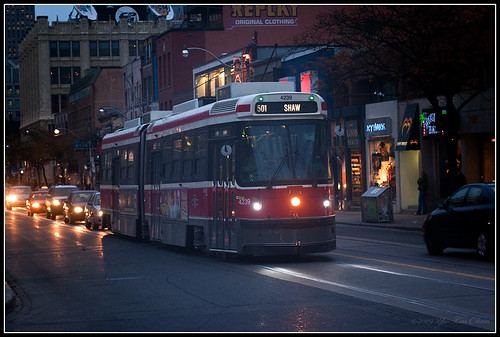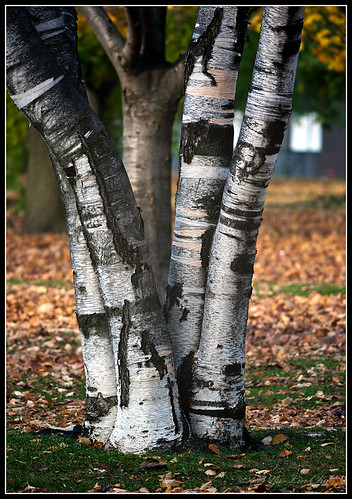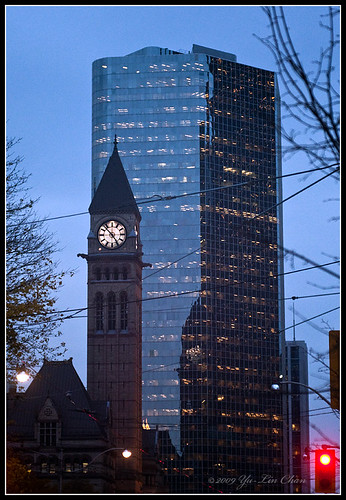I didn't get around to the paint store to get some matte black spray paint to spray the internal barrels and mounts to make them less reflective. As it turns out, the Franken Skopar problem with bright center/haze is caused both by light entering the lens and internal reflection on the mount/barrel. I used a black permanent marker to paint over the inside, and this actually made some improvements. There is still excessive light/haze in the center of the image, but it's reduced. After some processing, the images are actually usable.
Next thing I am going to try, is to make a hood that goes over the lens. This should help with the flare from the front, but no doubt will make the already Franken Skopar even more ugly. But, if it works, I am willing to try it.
On the image quality department, the Skopar is quite respectable, considering it's uncoated, and at least 70 to 80 years old, with some heavy dust, and other "stuff" stuck inside the lens elements. With some patience, I am sure it can make some fine pictures.
I did the same kind of treatment for the Ultra Achromatic Takumar 300mm f5.6 lens. This lens suffers from the the same problem as the Franken Skopar. The darkening of the lens mount helped a little, but still very visible. I am not sure if this lens has been modified or it was like this. The internal of the lens elements are very clean and there is no sign of tampering. We will see after I get some matte black spray paint and make the mount even more black. Hope that will help.

One the way to school -- 1D Mark III & Ultra Achromatic Takumar 300mm f5.6. ISO 800. Larger Picture.

Streetcar in the evening -- 1D Mark III & Voigtlander Skopar 8.3cm f4.5. ISO 1250. Larger Picture.

Tree Trunks -- 1D Mark III & Ultra Achromatic Takumar 300mm f5.6. Larger Picture.

Old & New -- 1D Mark III & Voigtlander Skopar 8.3cm f4.5. ISO 1600. Larger Picture.
Hi, when you next have the lens apart one can put a very thin covering of mat paint on the edges of the lenses and reassemble.
ReplyDeleteI have many years experience of lens manufacture for companies like Kodak and several microscope manufacturers actually as a trouble-shooter for opticol defects in the camera systems they employ.
I hope this helps a little. Also look at the lens to see if the balsam that cements the lenses together is starting to go milky.
Thanks for the very useful information. I did try it with minimal effect, but a very long hood solved most of the problems.
DeleteIt
ReplyDelete's me again, if you don't fancy touching the lenses simply use a polorizing filter that can rotate in a mount to lower the reflected light going through the lens.